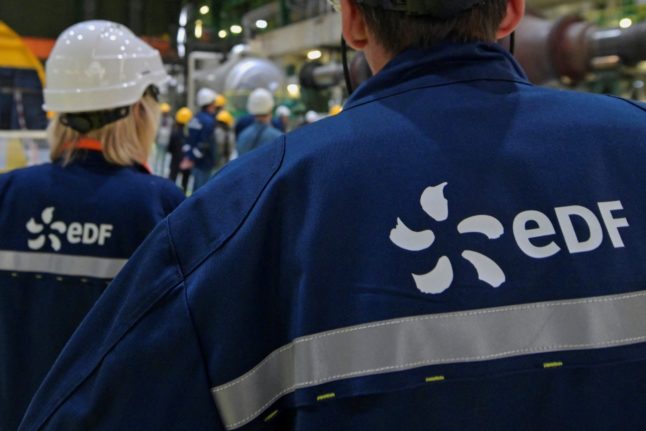“There is common agreement regarding the route of the project, i.e. from Lithuania to Sweden,” a joint statement issued by the three prime ministers said following top level talks in Lithuania’s capital Vilnius.
“The main thing is to start implementing the project as soon as possible. It is in common interest of all three Baltic states,” Lithuania’s Prime Minister Andrius Kubilius said.
“Today it was quite an important step to integrate the Baltic energy market with the Nordic energy market,” Latvia’s premier Valdis Dombrovskis added.
Latvia along with Sweden and Lithuania will lead the 700-1,000-megawatt Swedlink project which is due to “start without delay.”
An official from Swedish partner Svenska Kraftnat said work on the 350-kilometre undersea cable link was likely to be completed by 2016.
The European Union has allocated 175 million euros ($230 million) for its construction, provided work begins by 2010. Preliminary estimated cost of the project is 435 million euros.
The move is a significant step in plugging the three ex-Soviet Baltic states into the European Union’s electricity network.
While all three joined the EU and NATO in 2004, the only existing EU power link for the Baltic trio is Estlink, an undersea cable linking Estonia to Finland, which went online in January 2007.
But five years after EU entry the Baltic three are still primarily plugged into the power grid of their pre-1991 Soviet-era master Moscow.
Lithuanian Prime Minister Andrius Kubilius and his Latvian and Estonian counterparts, Valdis Dombrovskis and Andrus Ansip respectively, also agreed to create “open and transparent” common energy market among the Baltic states integrated with the wider EU.
Economy ministry officials from the Baltic states, Poland, Sweden, Finland and Matthias Ruete, the Head of the EU’s Energy and Transport Directorate-General attended the top level Vilnius talks.
Directors of energy companies LEO LT, Latvenergo, Eesti Energia, PSE-Operator S.E., Svenska Kraftnat and Fingrid also participated.
The exact route of the new power link is due to be finalized in June.
Both Lithuania and Latvia are joined only to Russian grid. In 2010, after closing of Ignalina power plant station, they will be dependent on Russian gas and electricity.
Under its deal to join the EU, Lithuania agreed to close the station no later than December 2009. Four states – the Baltic three and Poland – agreed to build a new power plant station in Lithuania but the work has yet to begin.
Riga, Tallinn and Warsaw have encouraged Vilnius to speed up the implementation of the project.


 Please whitelist us to continue reading.
Please whitelist us to continue reading.
Member comments